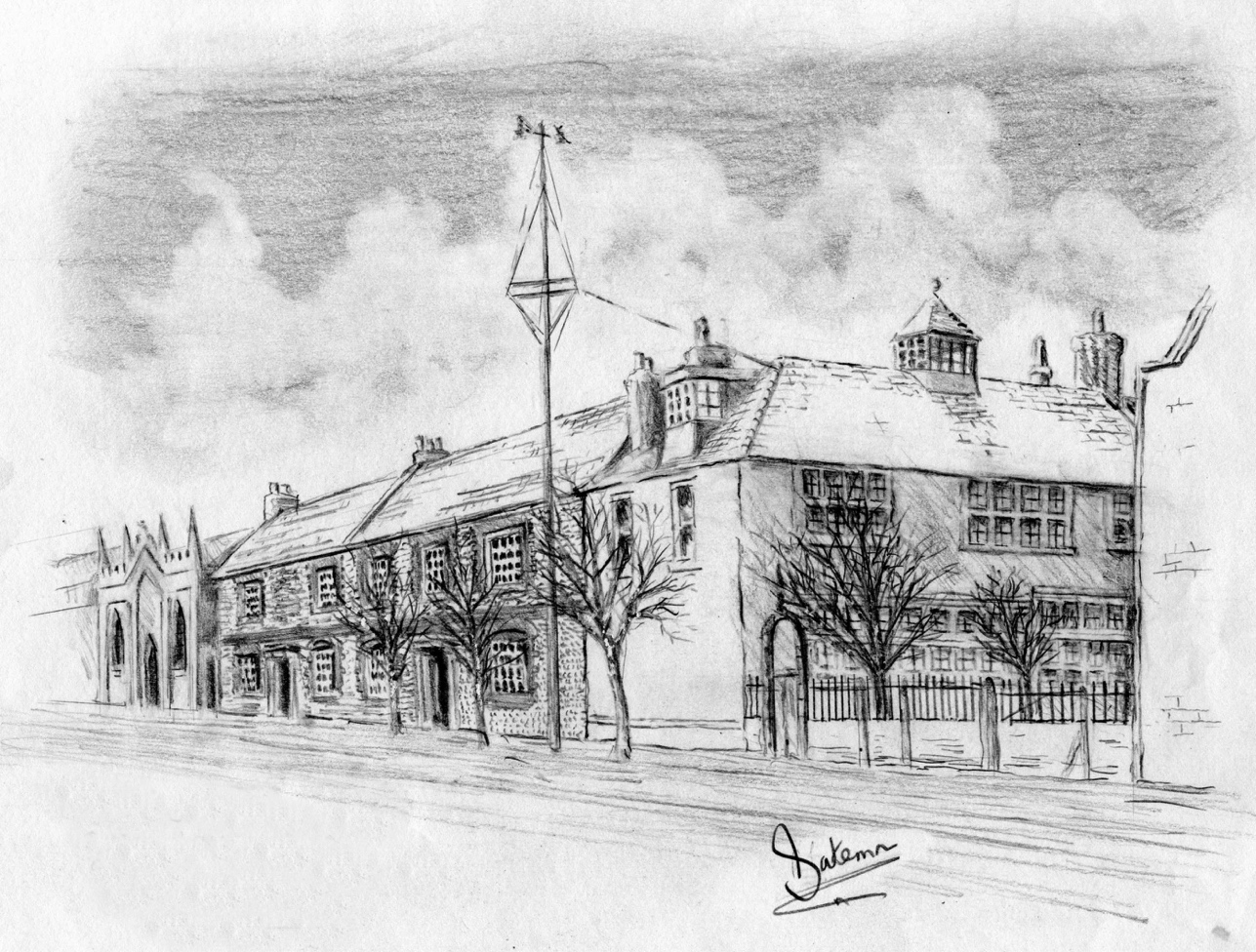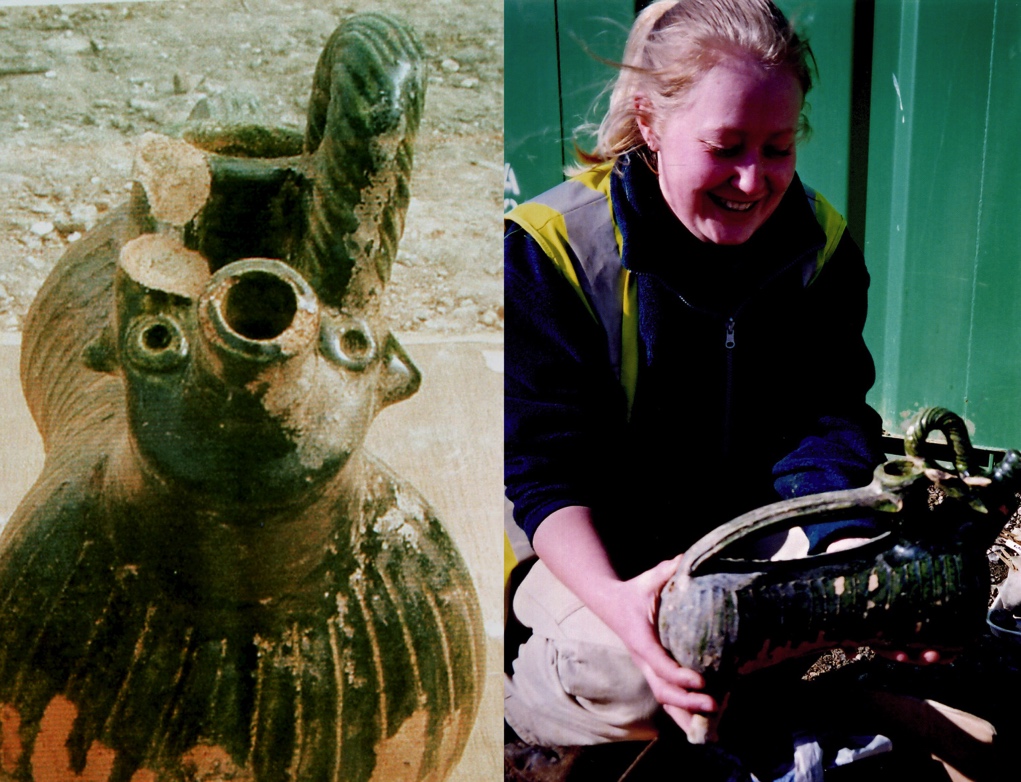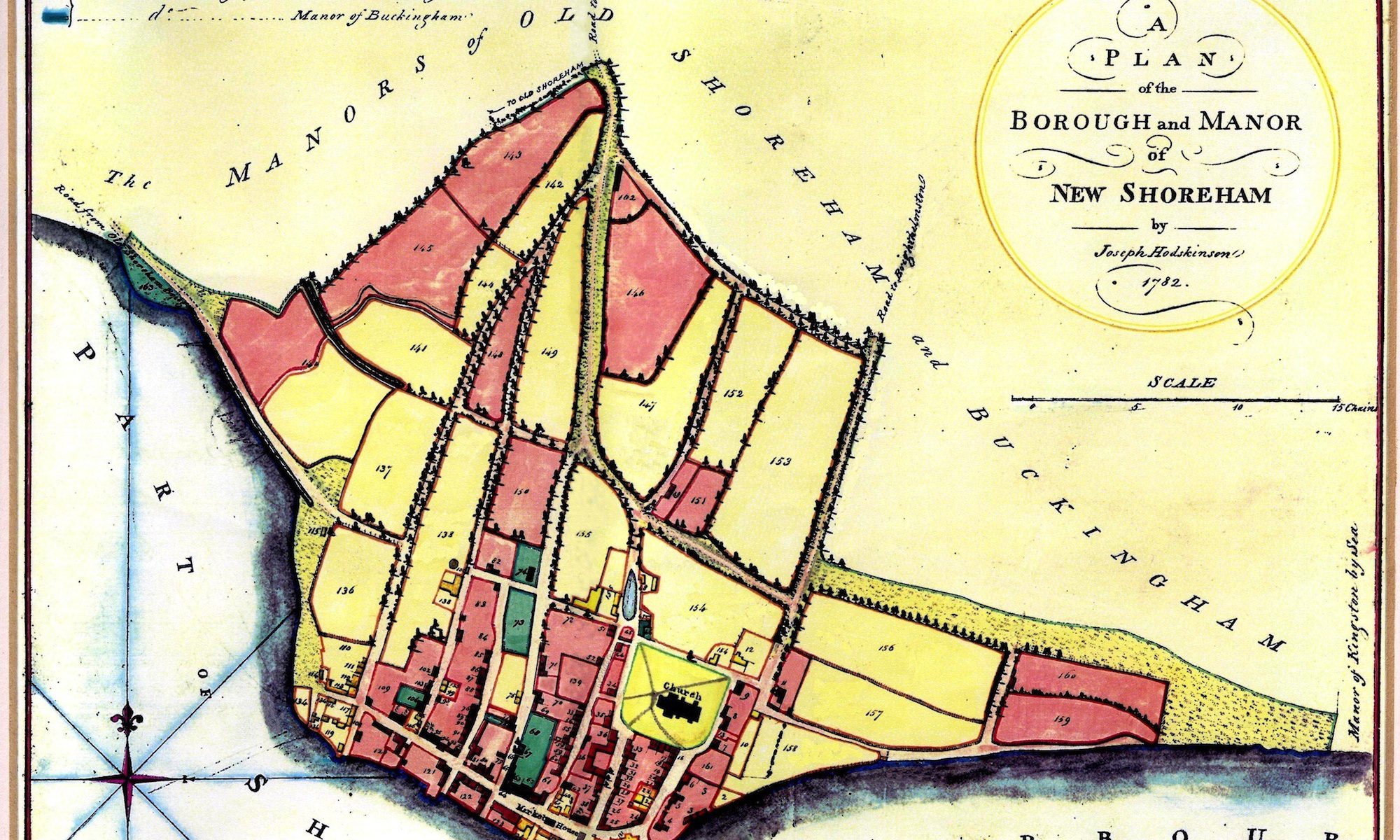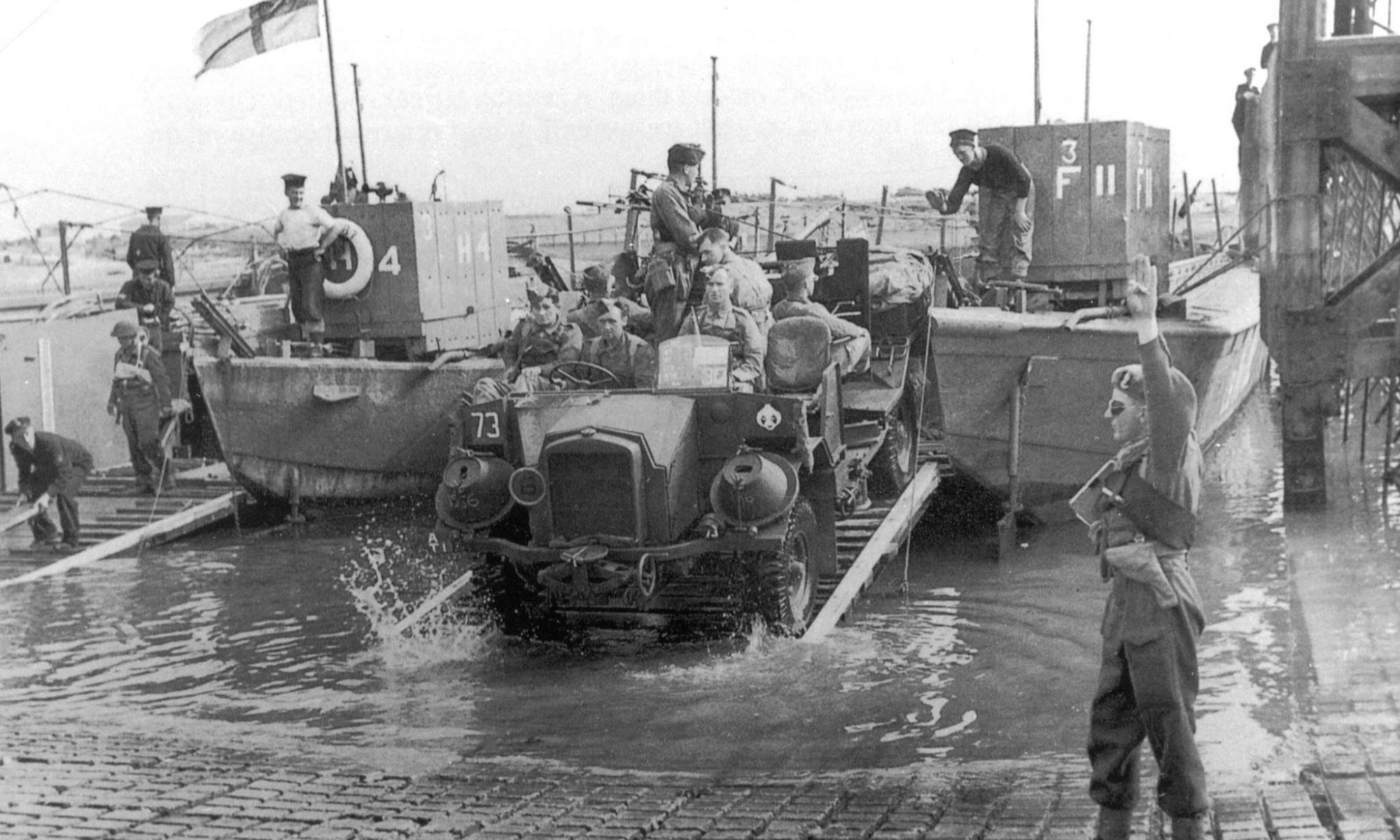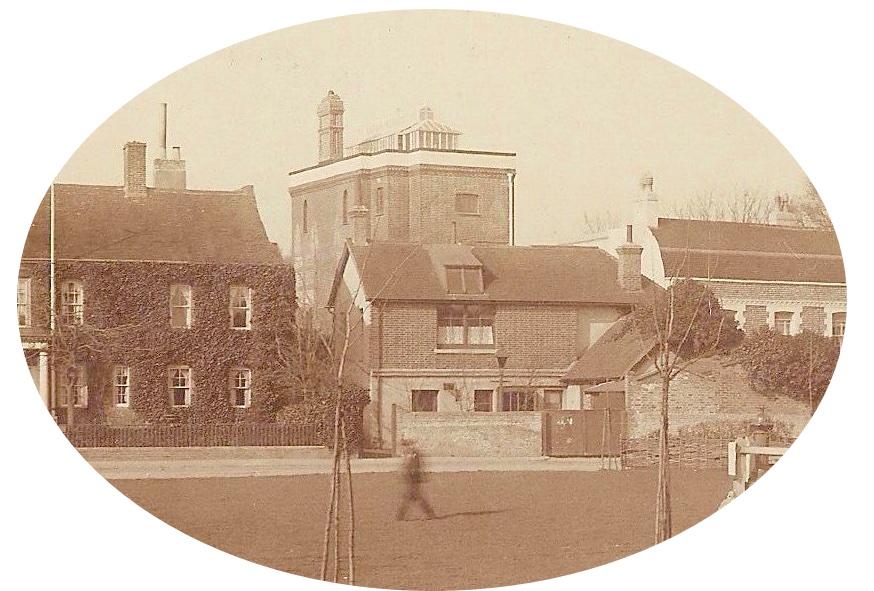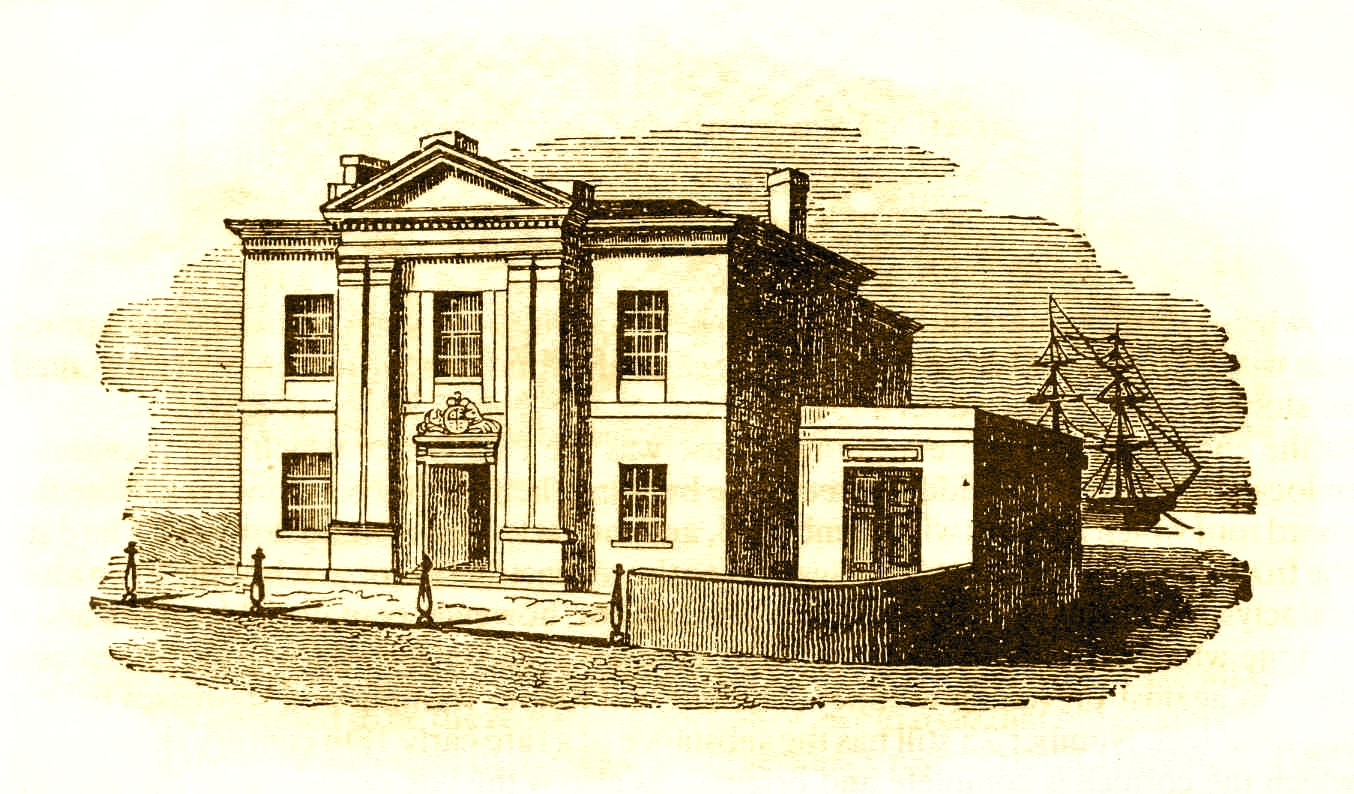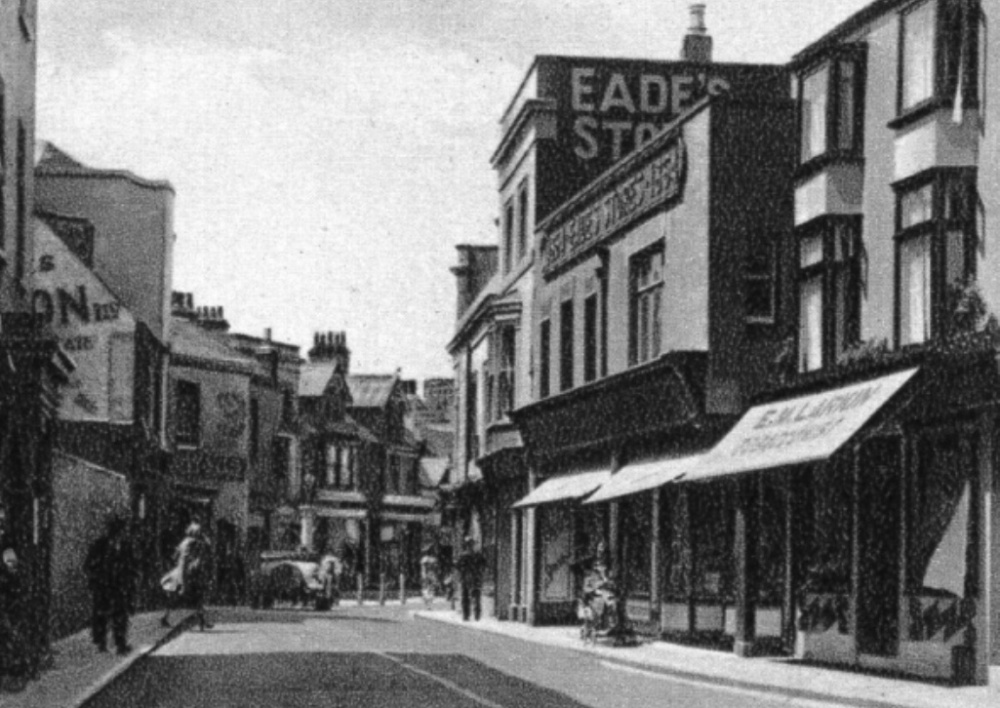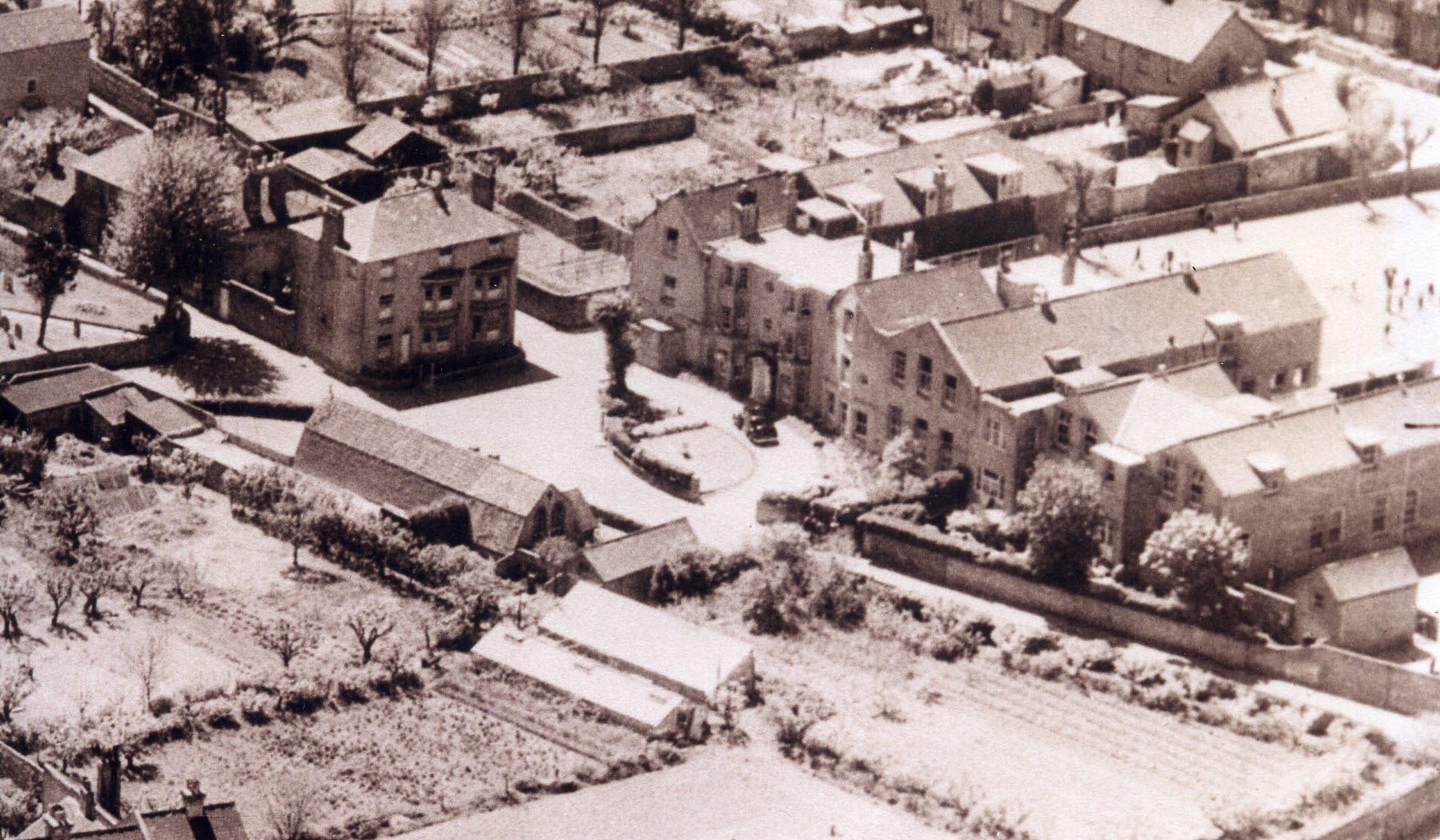The entire block of houses numbered 13 to 23 in this area of Church Street were built in the1850’s by G.H.Hooper, a Shoreham property developer and descendant of the ancient Poole family of the town. Hooper had previously acquired and demolished the earlier building on the site that was believed to be 16th century. Anciently known as ‘Chantry House (before the later house of the same name in East Street) the southern half was used as the Customs House until the 1830’s. Continue reading “Excavations at Church Street”
Archaeological Excavations at Ropetackle
Introduction
The Ropetackle site had been the subject of a long-running series of failed development plans, but following the entry of SEEDA (South East England Development Agency) into the process planning, permission was given for a mixed development at the site. Owing to the position of the site within the area of the well-documented Norman new town and busy medieval port, and hence the high potential for the survival of archaeological remains, a condition was attached to the planning permission requiring archaeological work in advance of any development. Hence an archaeological evaluation was carried out in October 2000. The excavation of trial trenches uncovered a number of medieval and post-medieval remains with associated assemblages of pottery, animal bone, building material, clay tobacco pipes and other artefacts. These results confirmed the significance of the site, and underlined the need for more archaeological work.
1782 Survey of New Shoreham
An Identification of the Present Day Locations of 1782 New Shoreham Buildings,Fields and Land using the 0riginal Survey Schedule and Map.
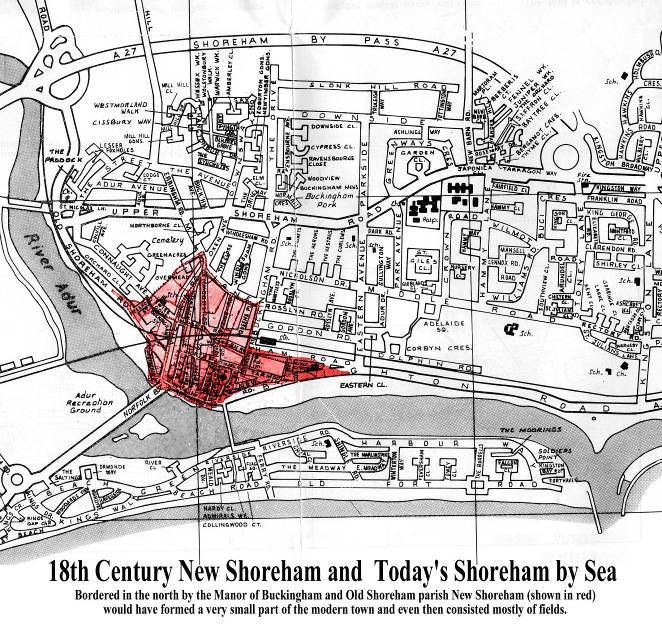
Bombing and Other Incidents during WW2
Shoreham and Southwick Bombing and Other Incidents during WW2
This work identifies the accounts of bombings and more serious incidents (as well as some less serious but nevertheless interesting) in Shoreham and Southwick during WW2. These have been identified primarily from the official West Sussex Action Officer’s Minute Books and in some instances have been embellished with first hand reminiscences of the people that witnessed them.
“A total of 37 raids were carried out on Shoreham and Southwick by enemy aircraft during the war. These involved 143 high explosive bombs, 5 oil bombs and in excess of 2,000 incendiaries causing the deaths of 17 people and injuring 108 others.” (Shoreham Herald 6th October 1944). The number of HE bombs shown in the Minute Book reports are fewer but they do not always include all the bombs in every incident, nevertheless they still amount to over 100. Continue reading “Bombing and Other Incidents during WW2”
Vault in Church Street
Survey of the old Vault in Church Street
Documentary Records.
Described as a ‘Capital Messuage in 1738, the land within which the vaults are situated was owned by the Smith family and then, in 1782, passed to the Bridgers. However, the description of the property whilst mentioning ‘two tenements, malthouse, garden, stables, coach house and coachyard (which included the land and buildings southwards from the Manor House down to – but not including — the old Custom House and west [behind] the latter.) does not mention a vault or cellar at all. Continue reading “Vault in Church Street”
Southwick’s Indian Temple
Nowadays Southwick’s Indian Temple remains largely forgotten but in its time was an imposing building that, being visible from many parts of the town, was a familiar sight to most Southwick residents. Continue reading “Southwick’s Indian Temple”
Bert Longstaff – Professional Footballer
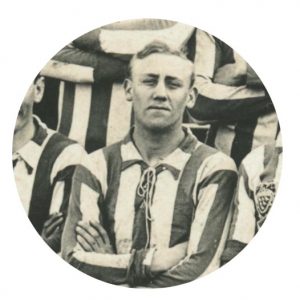
In his time Albert Edward Longstaff was a household name in Brighton, in the county and beyond; his image and exploits appeared in many postcards, football team photos and newspaper reports during the first part of the twentieth century. Born in 1885 in Shoreham of parents John and Sarah and one of four brothers and two sisters living for a short while at the family home at Queens Place before moving to their more permanent home in Victoria Road. His father was a Durham man, an agricultural engine driver experienced in steam ploughing who later used his knowledge to become a traction engine agent for the Shoreham and surrounding area.
Custom Houses, Cutters and Officers
Shoreham’s earliest known Custom House was in Church Street prior to the 1750’s where it was situated on the site subsequently built over with Countess of Huntingdon Chapel (today the Co-operative goods store). Continue reading “Custom Houses, Cutters and Officers”
A walk to The Bridge and back
A Walk to the Bridge and Back
A compilation of old postcards and photos from the 1890’s to 1930’s arranged in order to provide a visual representation of a walk through the High Street as it once was, across the old Norfolk Suspension Bridge and back.
Continue reading “A walk to The Bridge and back”Shoreham Grammar School
SHOREHAM GRAMMAR SCHOOL 1944-50
THE PREMISES
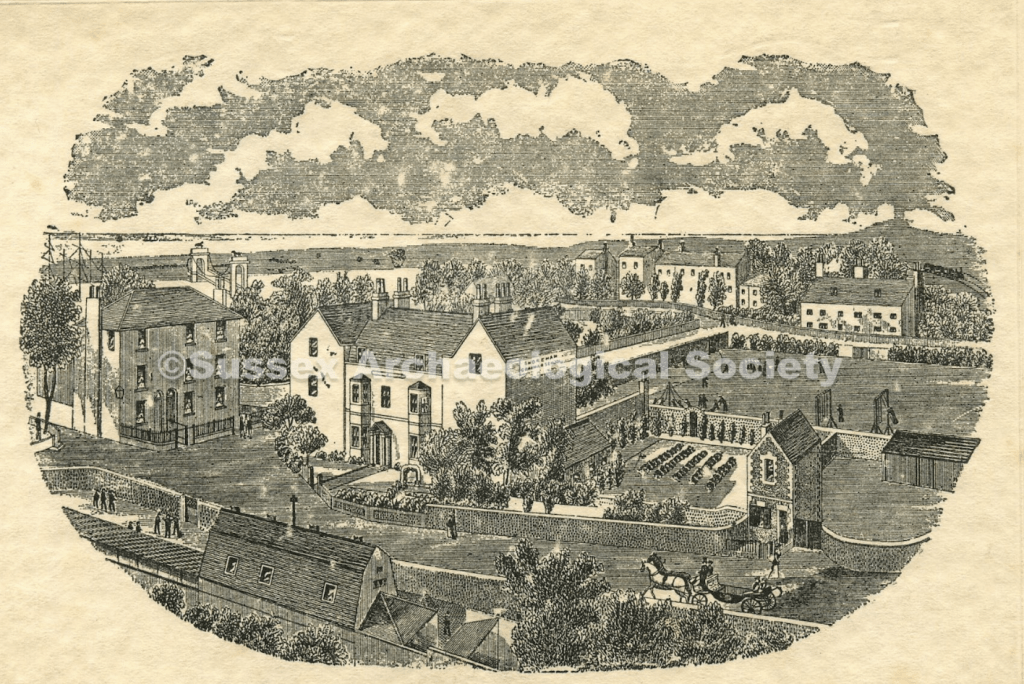
I started at the school in 1944, shortly after the Allied invasion of German-occupied France. The school buildings were centred in Pond Road, and covered the whole block, that is to say, the area of the present community centre, citizens’ advice bureau and car park. The school had its own chapel, with pews, choir stall and organ, on the opposite side of Pond Road, about where the grass mound in front of the health centre is now. The large house facing you as you look south down Pond Road is called Westover, and provided residential accommodation for single masters and a room for piano tuition.
Continue reading “Shoreham Grammar School”

